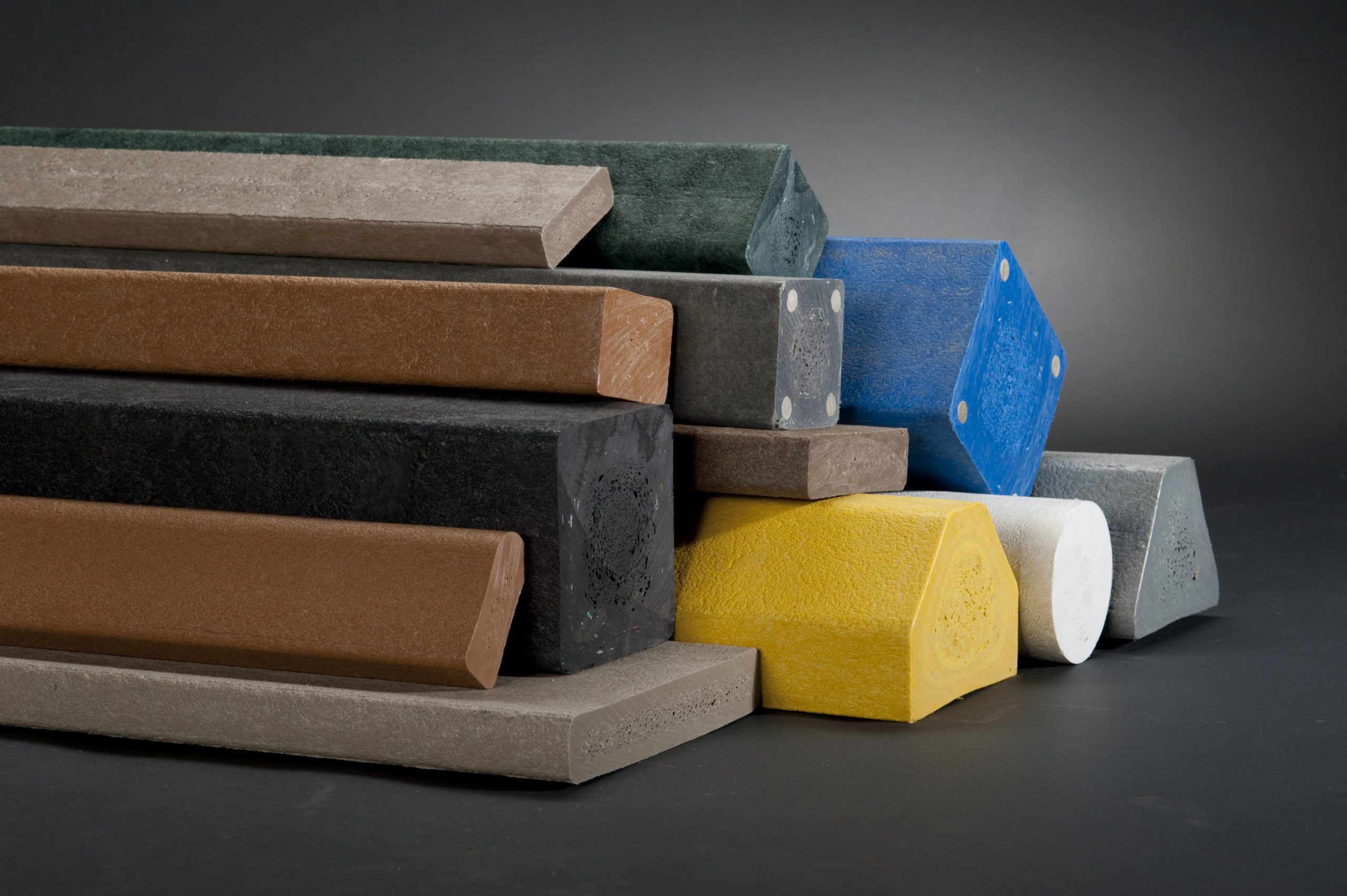Composites: The Future of Lasting Building Materials
Composites: The Future of Lasting Building Materials
Blog Article
Unlocking the Ecological Advantages of Recycled Composites in Building And Construction and Design
In the world of building and construction and design, the use of recycled composites holds considerable assurance for enhancing sustainability methods and lowering ecological effect (composites). By integrating these ingenious products, there is a possible to resolve vital concerns such as waste minimization, energy preservation, and a decline in carbon impact. The shift towards a much more lasting future in these industries hinges on opening the complete possibility of recycled compounds. This discussion will check out the diverse advantages and obstacles connected with integrating recycled composites into building and layout, supplying a peek into the transformative possibilities that lie in advance.

Environmental Effect Reduction
The reduction of ecological influence with making use of recycled composites in construction and design plays an important role in lasting techniques. By integrating recycled composites right into structure materials, the building industry can significantly lower its carbon footprint and contribute to an extra green future. These lasting products, made from repurposed plastics, wood fibers, or other recycled elements, provide a viable option to typical building materials without endangering on high quality or sturdiness.
Recycled compounds help draw away waste from garbage dumps and lower the demand for drawing out raw materials, hence conserving all-natural resources. In addition, the manufacturing procedure of these composites usually takes in much less energy and emits less greenhouse gases contrasted to creating virgin products (composites). This change towards making use of recycled composites not just minimizes environmental injury but additionally advertises a circular economic situation by encouraging the reuse of products that would certainly otherwise be disposed of
Waste Minimization
With a focus on minimizing waste in building and construction and style, the integration of recycled compounds supplies a sustainable option to lower environmental effect. Waste reduction is an important facet of sustainable methods, and using recycled compounds presents a chance to accomplish this objective effectively. By utilizing materials that have actually currently offered their initial purpose, such as recycled plastics or reclaimed wood fibers, the building and layout sectors can significantly decrease the amount of waste produced and sent out to garbage dumps.
Recycled compounds have the possible to draw away significant quantities of waste from traditional disposal methods, adding to a much more round economic climate where resources are used effectively. Furthermore, the production process of recycled composites typically takes in much less energy and produces fewer exhausts compared to virgin products, additionally reducing the environmental footprint of building and style jobs.
Executing waste minimization techniques through the unification of recycled compounds not just assists in saving natural deposits yet additionally promotes an extra sustainable technique to structure and developing for a greener future.
Energy Preservation
Integrating recycled composites not just decreases waste in construction and design however additionally plays a critical duty in boosting power preservation practices within the industry. The usage of recycled compounds in construction can considerably contribute to energy conservation through various means. By promoting the usage of recycled composites in building and design, the industry can make significant strides towards achieving power performance and lowering its carbon impact, eventually adding to a more sustainable built environment.
Carbon Impact Decrease
Enhancing sustainability methods through the usage of recycled composites in construction and design significantly lowers the carbon address impact of the market. By including recycled materials right into the manufacturing of composites, the need for virgin sources reduces, causing lower power usage and greenhouse gas discharges connected with conventional manufacturing processes. This reduction in carbon footprint is vital in combating climate adjustment and advertising a much more eco-friendly technique to building and design.
The carbon impact decrease achieved with the fostering of recycled composites aligns with the international press in the direction of sustainable practices and the reduction of industrial exhausts. Eventually, by focusing on the integration of recycled compounds, the industry can make considerable strides in decreasing its carbon footprint and contributing to a much more lasting future.
Sustainable Future
The assimilation of recycled composites in construction and layout not only addresses immediate ecological issues yet likewise lays a solid structure for a sustainable future in the market. By incorporating recycled compounds into structure materials and items, the construction and style sectors can significantly minimize their reliance on virgin resources, leading to an extra circular economy. This change in the direction of sustainability is important for mitigating the ecological influence of conventional building and construction practices, which commonly result in high levels of waste generation and source depletion.

Conclusion
Finally, recycled compounds use considerable ecological benefits in building and design by decreasing environmental impact, minimizing waste, conserving energy, decreasing carbon impact, and advertising a lasting future. Accepting using recycled composites can add to an extra why not find out more environmentally-friendly strategy to building and website here design, inevitably bring about an extra lasting and greener future for all.
The reduction of environmental influence via the use of recycled composites in construction and design plays a critical function in sustainable practices.With an emphasis on lessening waste in building and design, the assimilation of recycled composites provides a sustainable remedy to lower ecological impact. By advertising the use of recycled composites in building and construction and style, the industry can make substantial strides in the direction of achieving power effectiveness and reducing its carbon impact, ultimately adding to a much more lasting developed atmosphere.

Report this page